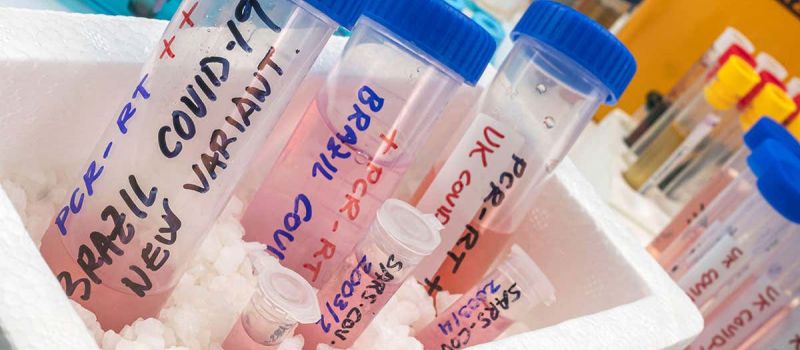Do COVID-19 Vaccines work against all the strains?
By Canada Cloud Pharmacy | Published Thursday 01 April 2021

Viruses mutate with time to increase their transmissibility, virulence, and chances of survival within a host. Currently, there are lots of concerns regarding COVID-19 variants and the efficacy of current vaccines against them. At least three COVID-19 variants have been discovered so far in different countries and they are rapidly spreading. Following are the different COVID-19 strains along with their country of origin.
-
B.1.1.7 variant: This variant was discovered first in the United Kingdom in 2020. Since then, it has been discovered in 80 other countries. This variant is more easily transmissible.
-
B.1.357 variant: It was discovered first in South Africa in October 2020 and since then, it has been detected in 41 other countries. It is considered to have an ability to escape the immune response that may make it less susceptible to COVID-19 vaccines.
-
P.1 variant: It was discovered in Brazil in January 2021. This variant has also properties like enhanced transmissibility and less susceptibility to vaccines.
Many concerns have been raised about the efficacy of currently available vaccines against newer strains of COVID-19. Currently, the available evidence suggests that the different COVID-19 vaccines are effective against the original COVID-19 virus and they may be effective against the newer strains. Although the efficacy of different vaccines varies against different strains, there is initial evidence to suggest that they will remain effective against newer COVID-19 strains.
Furthermore, even if the efficacy of current vaccines against the newer strains does not prove to be promising in future studies, these vaccines can be reprogrammed and updated to act against the desired strain. Both DNA and mRNA vaccines can be updated and the process to update them is fairly straightforward. In an mRNA vaccine, the message section of the vaccine can be changed to work against the mutated virus and this altered message section can readily be added to the new vaccine. In a DNA vaccine, the genetic material for the mutated virus can be changed and used in the new vaccine.



 Canadian Company
Canadian Company 



 Sign In
Sign In
 Home
Home 
 About Us
About Us 
 How to order
How to order 
 Products
Products 



